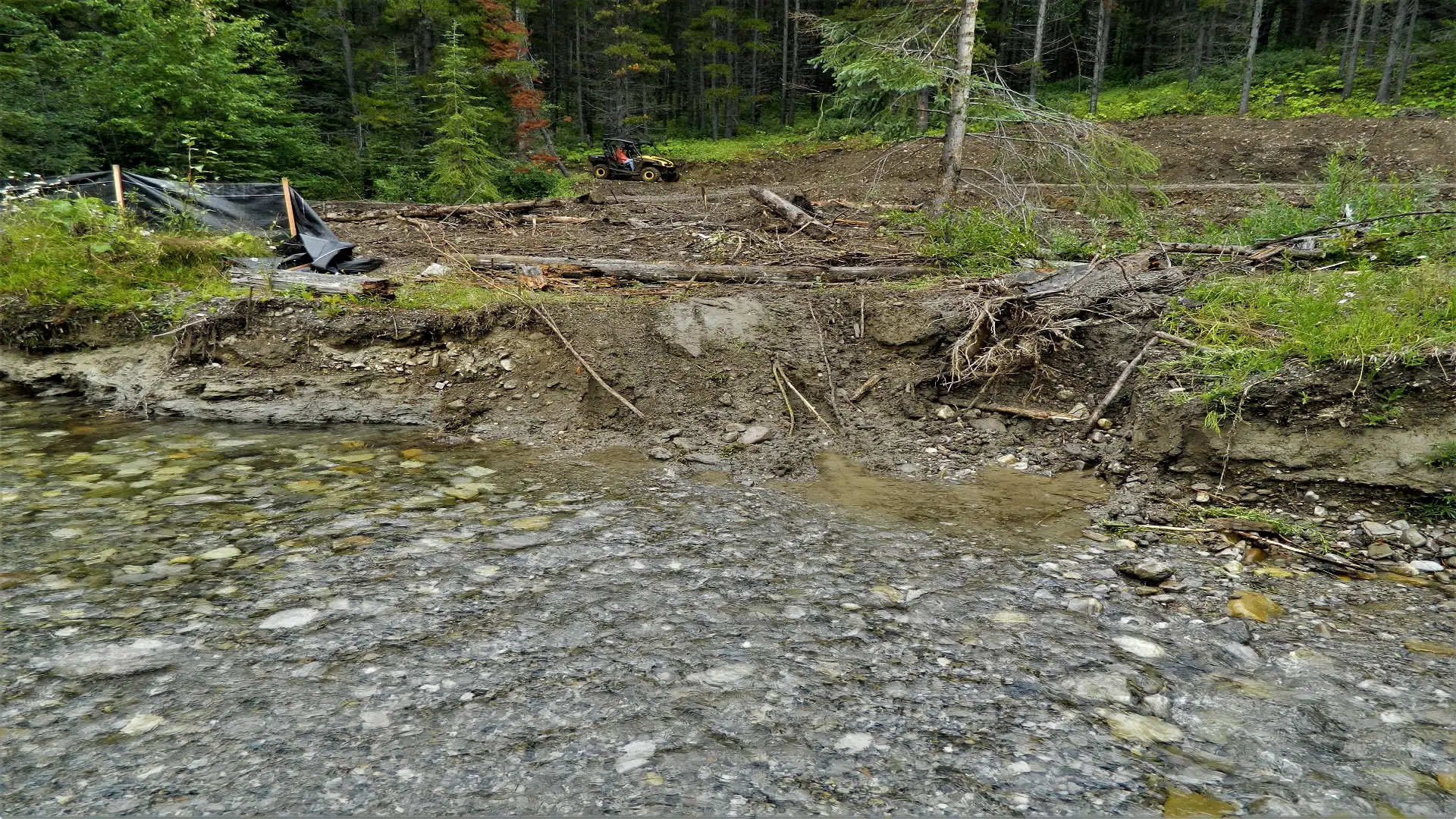
Science offers counterpoint to the OHV controversy
LETHBRIDGE – In the world of journalism, every story has its counterpoint, or contrasting but parallel element. In other words – the other side of the story. There is always another side to a story.
In the case of this past week’s rallies by members of the off-highway vehicle (OHV) community, attention was drawn to the sheer numbers of angry people who showed up. There were more than 600 at the rally in Bellevue on Tuesday (Feb 7) night and more than 1000 emotionally charge individuals converged on Galt Gardens in Lethbridge on Saturday.
However, there was another gathering. This one took place at Helen Schuler Nature Centre Saturday morning, just before the rally in Galt Gardens. It wasn’t as big – about 35 people – but, it was just as emotion packed. It was also backed by scientific facts which cannot be disputed.
The photos, graphs and years of statistics were there in bold view for everyone to see. Some of them were as frightening as looking at police evidence from a crime scene.


